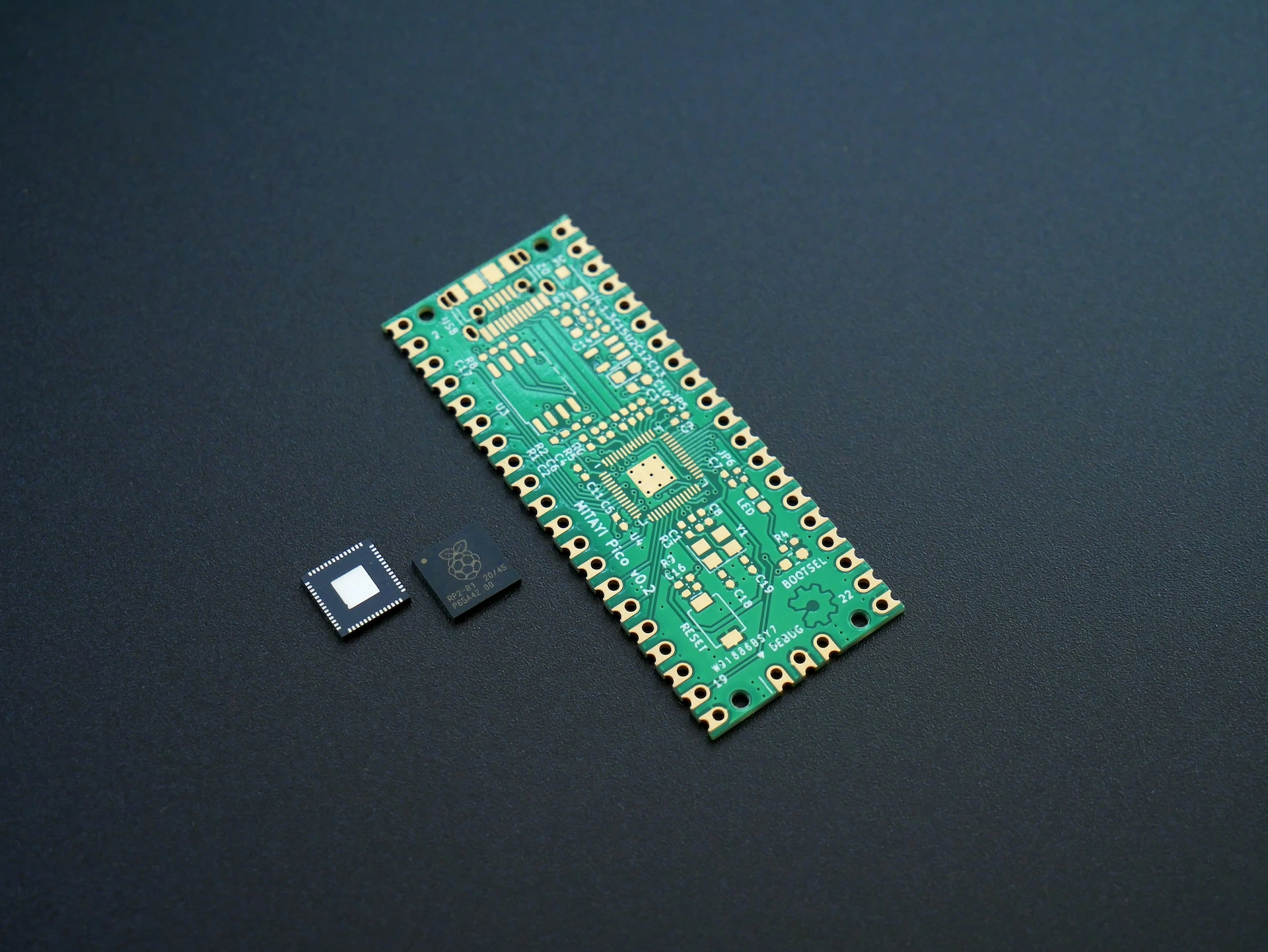Semiconductor companies have long been at the forefront of technological advancements, catering to increasing global demand for chips. However, as the industry surges ahead to meet customer demands, it also faces a pressing environmental challenge – reducing greenhouse gas (GHG) emissions to achieve net-zero carbon emissions along the entire supply chain. ChipQuip’s article delves into the multifaceted emissions problem faced by semiconductor device makers and proposes a comprehensive road map based on a recent study by Mckinsey to help them achieve a 1.5°C trajectory by 2030 and net-zero emissions by 2050.
Semiconductor device makers’ emissions can be categorized into Scope 1, 2, and 3 upstream emissions. By analyzing emissions data from key semiconductor companies, it is evident that the majority of emissions fall under Scope 1 (from fabs’ process gases) and Scope 2 (purchased electricity and utilities). While some companies have made ambitious emissions-reduction targets, the industry as a whole is not on track to meet the 2016 Paris Agreement’s goals. To understand the extent of the emissions challenge, three different scenarios are modelled – conservative, optimistic, and ambitious were produced by McKinsey. The conservative scenario, based on current decarbonization efforts, predicts a significant increase in emissions. The optimistic scenario assumes that companies meeting their decarbonization goals will slow down the emissions rise. The ambitious scenario entails all companies undertaking actions required to achieve the 1.5°C trajectory by 2030.
A two-fold approach was proposed by McKinsey to achieve net-zero emissions. Near-term actions focus on reducing Scope 1 and 2 emissions, while long-term steps aim at innovation and proactive decarbonization. For Scope 1 emissions, semiconductor companies must double down on their commitment to reduce emissions. Installing gas-abatement systems and optimizing process-gas chemistry can significantly lower GHG usage. Replacing heat transfer fluids and adopting clean fuel options, such as hydrogen/biomass, will also play a pivotal role in emissions reduction. For Scope 2 emissions, continuous reduction in energy consumption per wafer year is essential. Emphasizing renewable energy sources and increasing their share in local grids will be critical.
To stay on track for net-zero emissions until 2050 McKinsey stated that, the industry must invest in innovation and collaborate with startups and academic labs. Exploring new gas chemistry and developing abatement solutions for efficient gas removal can contribute to Scope 1 emissions reduction. Renewable energy adoption and innovative energy sourcing will be the focus for Scope 2 emissions.
Collaboration within the industry and along the value chain will be pivotal in reducing emissions. Suppliers can work with semiconductor companies to develop innovative solutions and optimize processing recipes. Chemical, tool, and abatement suppliers can join hands with semiconductor fabs to meet new abatement requirements.
Conclusion: Semiconductor manufacturing companies face a unique juncture, with surging demand and escalating pressure to reduce emissions. Meeting customer demand and prioritizing sustainability are not mutually exclusive; both are essential for long-term success. By embracing the proposed road map and collaborating within the industry, semiconductor companies can collectively work towards a greener future and achieve the 1.5°C challenge.





